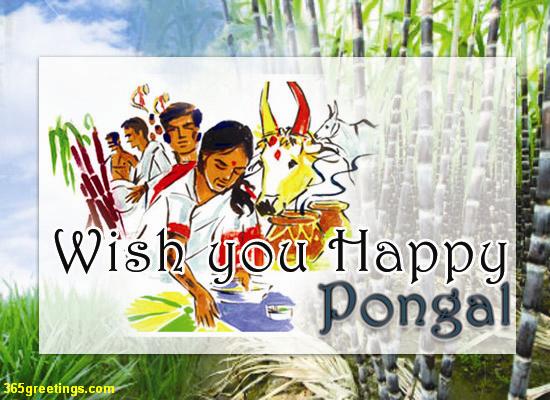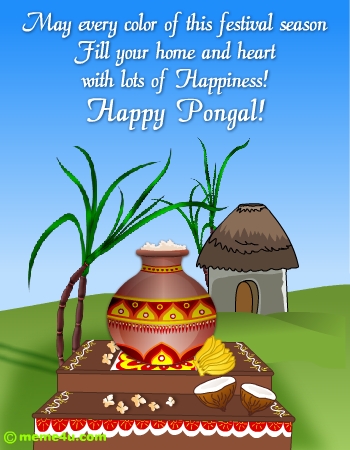Quotes on India
Historians, writers, politicians and other eminent personalities across the Globe have greatly appreciated India and its contribution to rest of the world. Though these remarks are only a partial reflection of the greatness of India, they certainly make us feel proud of our motherland.
"We owe a lot to the Indians, who taught us how to count, without which no worthwhile scientific discovery could have been made!"
- Albert Einstein (Theoretical Physicist, Germany)
"India is the cradle of the human race, the birthplace of human speech, the mother of history, the grandmother of legend, and the great grand mother of tradition. Our most valuable and most artistic materials in the history of man are treasured up in India only!"
- Mark Twain (Writer, America)
"If there is one place on the face of earth where all the dreams of living men have found a home from the very earliest days when man began the dream of existence, it is India!"
- Romaine Rolland (French scholar)
"She (India) has left indelible imprints on one fourth of the human race in the course of a long succession of centuries. She has the right to reclaim ... her place amongst the great nations summarizing and symbolizing the spirit of humanity. From Persia to the Chinese sea, from the icy regions of Siberia to Islands of Java and Borneo, India has propagated her beliefs, her tales, and her civilization!"
- Sylvia Levi (French Scholar)
"Civilizations have arisen in other parts of the world. In ancient and modern times, wonderful ideas have been carried forward from one race to another...But mark you, my friends, it has been always with the blast of war trumpets and the march of embattled cohorts. Each idea had to be soaked in a deluge of blood..... Each word of power had to be followed by the groans of millions, by the wails of orphans, by the tears of widows. This, many other nations have taught; but India for thousands of years peacefully existed. Here activity prevailed when even Greece did not exist... Even earlier, when history has no record, and tradition dares not peer into the gloom of that intense past, even from until now, ideas after ideas have marched out from her, but every word has been spoken with a blessing behind it and peace before it. We, of all nations of the world, have never been a conquering race, and that blessing is on our head, and therefore we live....!"
- Swami Vivekanand (Indian Philosopher)
"If I were asked under what sky the human mind has most fully developed some of its choicest gifts, has most deeply pondered on the greatest problems of life, and has found solutions, I should point to India."
- Max Mueller (German Scholar)
"India conquered and dominated China culturally for 20 centuries without ever having to send a single soldier across her border."
- Hu Shih (Former Ambassador of China to USA)
"There are some parts of the world that, once visited, get into your heart and won't go. For me, India is such a place. When I first visited, I was stunned by the richness of the land, by its lush beauty and exotic architecture, by its ability to overload the senses with the pure, concentrated intensity of its colors, smells, tastes, and sounds. It was as if all my life I had been seeing the world in black and white and, when brought face-to-face with India, experienced everything re-rendered in brilliant technicolor."
- Keith Bellows (Editor-in-chief, National Geographic Society)

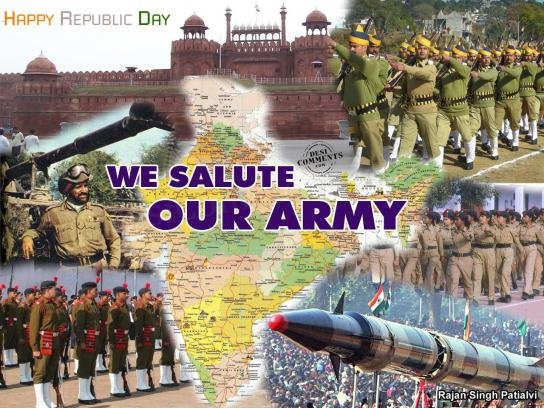
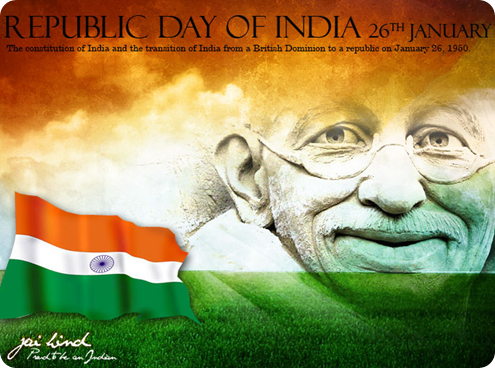
![[happy+republic+day+of+india+indian+parliament+image.jpg]](https://blogger.googleusercontent.com/img/b/R29vZ2xl/AVvXsEg0jILRAyWtjP3ndO0-Co2hwpE56zp_zSikYeRrkQbEmHhTCBf-YactXpASwaR8wp1MQWy4ot0KPPEecCzKjlkke_58DlEzlakBWjLaRYepVfk1siiq-757_awzNiCUENzGiotbLYWBp-M/s1600/happy+republic+day+of+india+indian+parliament+image.jpg)
![[26+january+animated+greeting+card+glitter+graphics.gif]](https://blogger.googleusercontent.com/img/b/R29vZ2xl/AVvXsEhr14t1HCxPFGiFPG-9NQdBcoGh_hm72hbFeSy7Su8R3PpnVu9Nn6U94sJj6Jn3EhxtYywodlqpFzsqEHDFhAouXdm3ye32hw0_Pa-Vzin8ncZ4V66hv3QJwiTZZIhWX5GrfcClEOjy3yo/s1600/26+january+animated+greeting+card+glitter+graphics.gif)






![[greeting+card+happy+republic+day+of+india+26th+january.jpg]](https://blogger.googleusercontent.com/img/b/R29vZ2xl/AVvXsEi57wz2IcG5EzobagIZAdz56joIQ2WS38kqtoXa1Gf6Q5FrcoaSoI5sYBk4UC8bO92uFNxJrCVassIa1imM0s_gkElQdSodYv0mjvWPuLDUOQFXpO9BeHBfuZwa9TBOlaJEHJFZ5lwXvzQ/s1600/greeting+card+happy+republic+day+of+india+26th+january.jpg)



















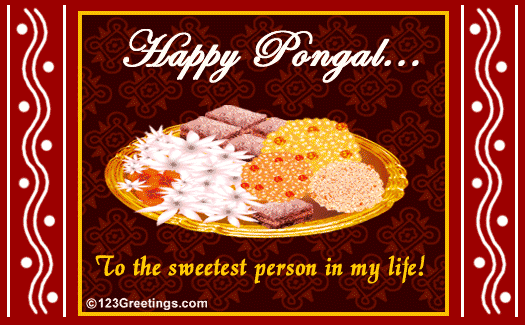























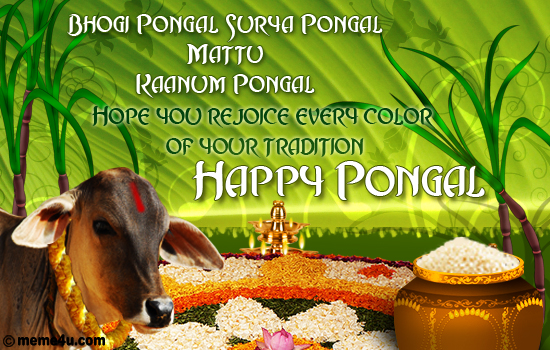
 .. with lots of Pongal, sugar cane and ever lasting happiness!!!
.. with lots of Pongal, sugar cane and ever lasting happiness!!!

